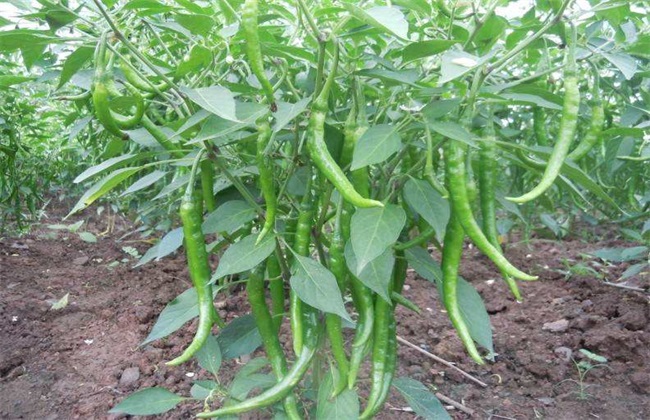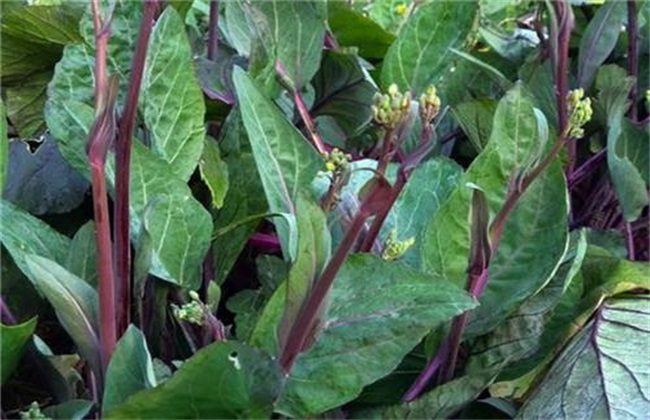Field management technology of sweet pepper
Sweet pepper is also called lantern pepper, because its appearance is shaped like a lantern, and then it is a variety of pepper, with a variety of colors, which can be planted in both north and south. After planting sweet pepper, the management work about it is different from that of other chili peppers, so we will talk about what specific aspects of management should be done and how to do it later.

I. temperature and humidity
The regulation of temperature and humidity is mainly divided into two stages. The first stage is the slow seedling stage. The slow seedling stage should be accelerated. After planting, the temperature should be kept at 28 to 30 degrees during the day, the temperature at night should not be lower than 25 degrees, and the humidity should be maintained at about 70% to 80% all the time. The second stage is from slow seedling to pre-flowering, where the temperature should be 20 to 25 degrees during the day and 18 to 20 degrees at night, maintaining 50% to 60% humidity, so as to avoid overgrowth caused by high temperature and humidity.
II. Plant adjustment
Adjustment is mainly pruning, and now the most common is double-trunk pruning, leaving two strong branches on the trunk, then keeping the lateral branches growing upward, removing the excess lateral branches, and then leaving small branches on the lateral branches, usually in an opposite and opposite way. don't staggered. Then leave 4-grade lateral branches and the whole plant is almost enough. The bottom branch can be removed after blooming to save nutrition.
III. Fertilizer and water management
The normal humidity of the soil should be maintained at about 80%, and the humidity required is relatively high, and then drip irrigation can be sustained and infiltrated for a long time to maintain humidity, otherwise irrigation may cost a lot of manpower. The lowest branch can be topdressing soon after flowering. Generally, topdressing is the formula fertilizer of 69 jin of phosphate fertilizer, 40 jin of nitrogen fertilizer and 20 jin of potash fertilizer. Then in the fruiting period after flowering, each batch of sweet pepper should be topped with nitrogen, phosphorus and potassium fertilizer until the end of the fruit. In the later stage, it is necessary to apply farm manure once, which can prolong the fruiting period.
IV. Results management
Remove some old leaves at the base, so as to increase ventilation and light transmission, and reduce some environmental humidity and temperature. Sweet pepper fruiting period should be less watering, avoid falling flowers and fruit, and then after the first fruit picking, timely fertilization, more fertilization, but also spray Zhuangtiling to prevent falling flowers. Greenhouse cultivation can begin to supplement light and improve photosynthesis around. In the flowering period, the rain should be drained in time, and the humidity should be reduced in the shed.
The post-planting management of sweet pepper has something in common with other chili peppers, but also has many differences, so the later management of planting sweet pepper can refer to comparative management, but the specific management details should be determined according to the local growth environment.
Related
- Where is it suitable to grow horseradish in China? it is expected to see the middle altitude horseradish in Alishan.
- How to prevent tomato virus disease reasonably? (Control methods included)
- Many people like to plant towel gourd on the balcony. What are the main points of this method and management?
- What crops can chili peppers be mixed with?
- Fertilization techniques and matters needing attention in Tomato
- What are the grafting techniques for peach seedlings in spring?
- Harm and control methods of root swelling disease of Chinese cabbage
- What are the pests of sweet potatoes? How to prevent and cure it?
- Symptoms, causes and Control methods of navel Rot in Tomato
- The cause of "Cucumber rotten bibcock" in Farmers' planting Cucumber and its Control Plan



